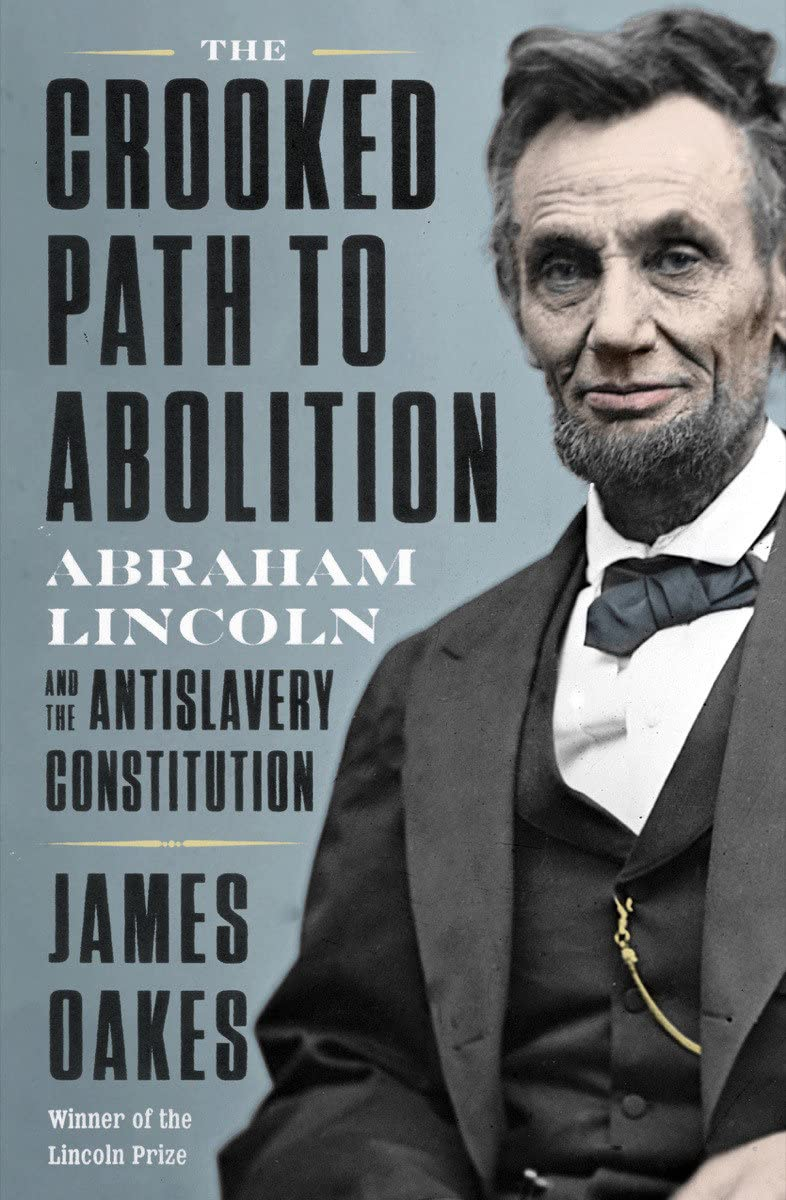One of the longest-running debates in US history concerns the role of the Constitution in enabling or limiting social change. Was the 1787 charter, as averred by its framers, successive waves of establishment and insurgent politicians, and best-selling historians, the glorious and indispensable guarantor of self-government? Or was it, as Anti-Federalists, abolitionists, and radical historians have argued, a tool for the propertied and powerful to hold on to their privileges and to sustain an ongoing counterrevolutionary coup? Underneath these questions are even larger ones: Is US history a story of progress, of slow but steady emancipation? Or is it a more difficult, often depressing one of limited victories followed by resurgent exploitation?
In recent years, this debate has often circled around the question of whether the Constitution was for or against slavery. Did it perpetuate bondage or offer tools for its abolition? In 2015, David Waldstreicher and Sean Wilentz, representing those respective positions, tangled over the matter in The Atlantic and The New York Times. Wilentz’s 2018 book, No Property in Man, attempted to close the debate, without much success. In The New York Review of Books, Nicholas Guyatt critiqued his former teacher Wilentz for using history to pursue presentist political grudges against the left. Wilentz fired back, as Wilentz tends to do. The debate continued, further prompted by The New York Times’ 1619 Project, which among other things distilled and popularized the argument that the Constitution—and, indeed, the founding of the nation itself—had been pro-slavery. Wilentz and four other eminent historians (all of them white, incidentally or not) sent a letter to the Times taking issue with the project’s “displacement of historical understanding by ideology.”
Among the letter’s signees was James Oakes, a distinguished professor at the CUNY Graduate Center and a celebrated scholar of the history of emancipation. Oakes has spent much of his career analyzing how slavery was central to antebellum political and economic life. But he has also spent the last decade attempting to show how an antislavery interpretation of the Constitution helped put an end to human bondage in the United States. He began developing this argument in 2013 with his landmark Freedom National. In it, Oakes sought to refute the long-held contention in Civil War studies that what began as a war to save the Union only later, by sheer necessity, became a war to end slavery. Lincoln and the Republicans, Oakes argued, had entered office in 1861 with a concrete plan for abolition and acted on it within weeks of the firing on Fort Sumter. By using powers they discerned in certain clauses of the Constitution (such as the insurrections clause), the Republicans, he claimed, hoped to restrict slavery to states where it already existed, a first step, in their minds, to snuffing it out for good. Two years later, in a slimmer follow-up titled The Scorpion’s Sting, Oakes filled in some details on how the Republicans had come to believe that by closing slavery in with a “cordon of freedom,” they would be able to achieve its ultimate demise. Like a scorpion surrounded by fire, slavery would sting itself to death.
